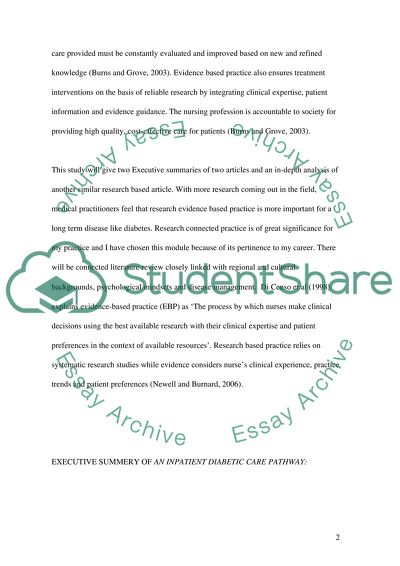Cite this document
(“The improvement of diabetes care concept Essay Example | Topics and Well Written Essays - 2000 words”, n.d.)
The improvement of diabetes care concept Essay Example | Topics and Well Written Essays - 2000 words. Retrieved from https://studentshare.org/miscellaneous/1517383-the-improvement-of-diabetes-care-concept
The improvement of diabetes care concept Essay Example | Topics and Well Written Essays - 2000 words. Retrieved from https://studentshare.org/miscellaneous/1517383-the-improvement-of-diabetes-care-concept
(The Improvement of Diabetes Care Concept Essay Example | Topics and Well Written Essays - 2000 Words)
The Improvement of Diabetes Care Concept Essay Example | Topics and Well Written Essays - 2000 Words. https://studentshare.org/miscellaneous/1517383-the-improvement-of-diabetes-care-concept.
The Improvement of Diabetes Care Concept Essay Example | Topics and Well Written Essays - 2000 Words. https://studentshare.org/miscellaneous/1517383-the-improvement-of-diabetes-care-concept.
“The Improvement of Diabetes Care Concept Essay Example | Topics and Well Written Essays - 2000 Words”, n.d. https://studentshare.org/miscellaneous/1517383-the-improvement-of-diabetes-care-concept.


